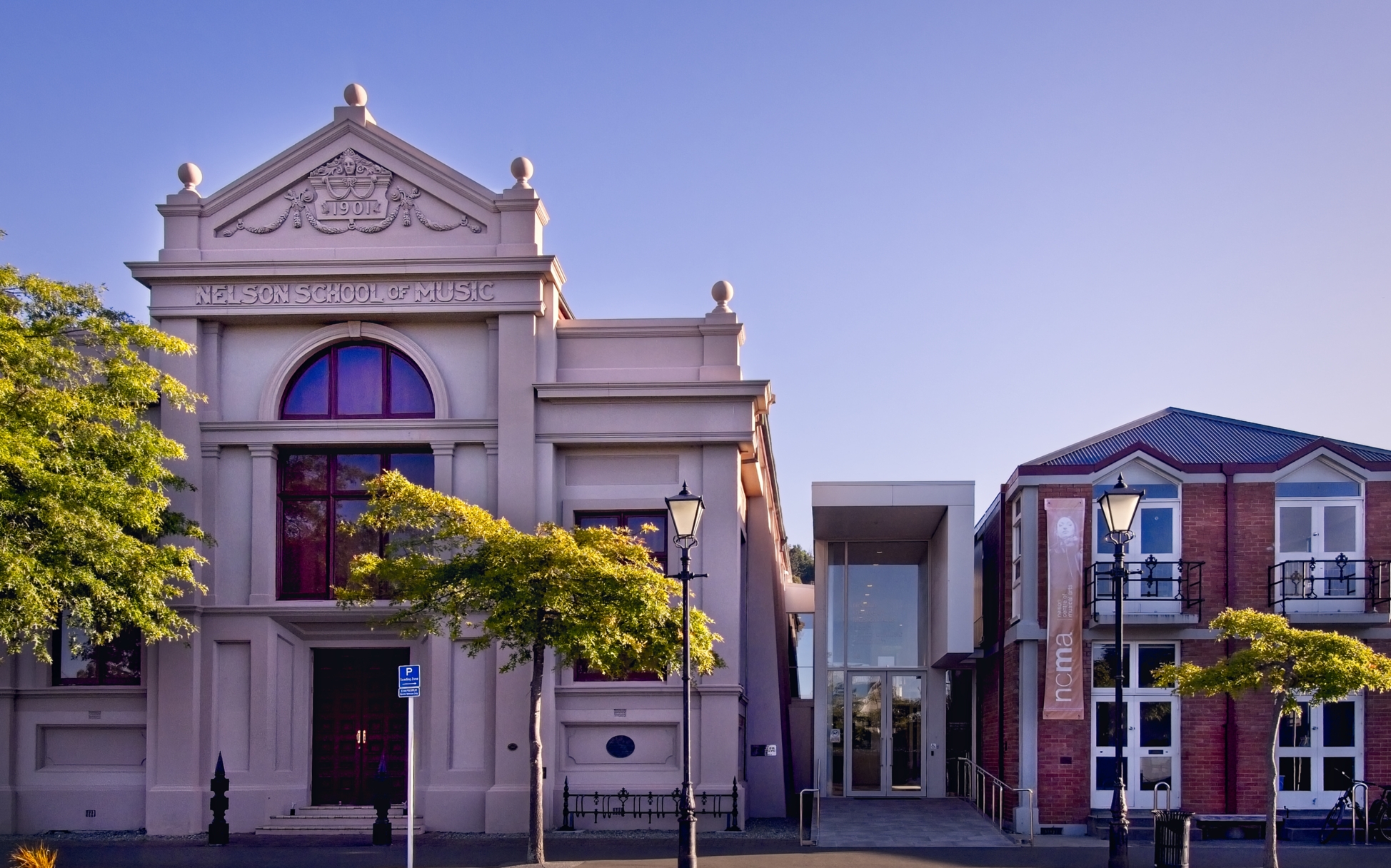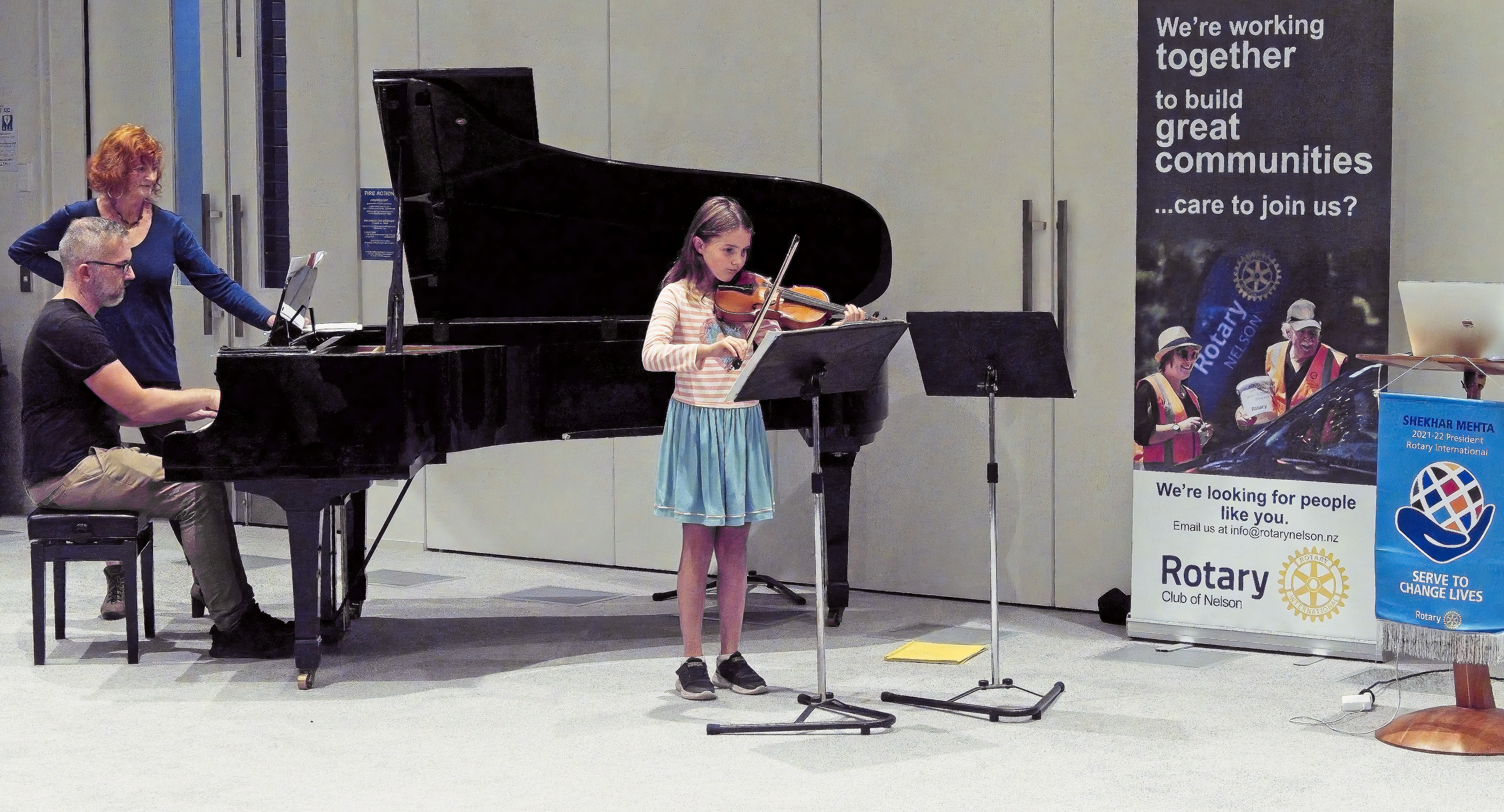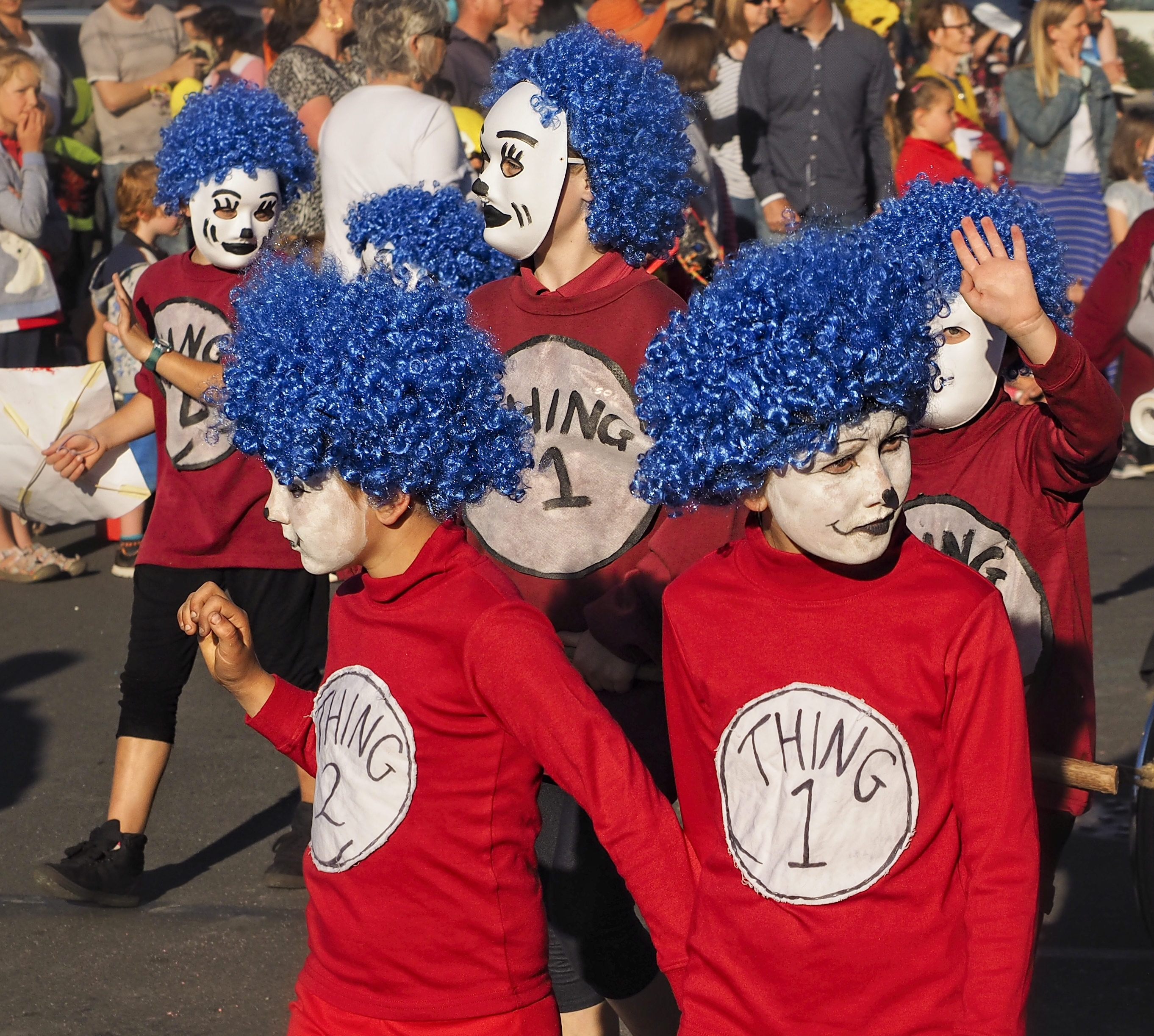Nelson a Vibrant Centre for the Arts
Last updated 16 December 2022
Not only are Nelson and Tasman great places for activities in the outdoors, residents and visitors also have amazing access to the Arts for both entertainment and education through the iconic Theatre Royal, Nelson Centre of Musical Arts (NCMA -formerly ‘known as the Nelson School of Music) and The Suter Art Gallery Te Aratoi o Whakatu. All three are housed in listed historic buildings dating back to the early development of Nelson and all have heritage status so are in themselves architecturally important structures within the city.

The Theatre Royal, a beautiful restored venue for the performing arts in Nelson
The Theatre Royal is the oldest of the three buildings, built in 1878 by a company of Oddfellows, at a time the city had a population of only 6000 residents. One hundred and twenty-seven years later, in 2005, it was closed. It required major maintenance and had had its operating licence suspended. It remained closed for 5 years whilst fund raising was completed for a major refurbishment, to bring the facility up to being a “state of the art performing arts theatre”. This closure included the 2 ½ years to complete the upgrade works. Today it Is believed to be the oldest operating wooden theatre in Australasia and possibly the southern hemisphere. It has been returned to its full glory, where possible by retaining key heritage building elements and/or replacing original features, such as hand painted wall papers with new hand painted ones to the same patterns. The colours used for both internal and external finishes were the same as used in the original Victorian scheme. Comfort for the hirers and audiences were also addressed with a computer-controlled air conditioning system, plush fully restored seating and a fully licensed bar in the foyer.
The building was purchased by Nelson Repertory in 1944 and, though ownership passed to the Nelson Historic Theatre Trust (established in 2001 and registered as a charitable Trust in 2008), they remain based at the theatre and appoint two of the eight Trustees to the Board which governs the Trust.
The theatre caters for national and international touring shows, as well as local theatre companies, school productions, dance schools and other shows that provide community benefit. Nelson has a large number of Performing Arts schools, companies and festivals that utilise the theatre. Many of these schools and companies have a focus on providing development for students of all ages in their respective genre whilst festivals and shows by those organisations provide the opportunity to put into practice the skills learnt in front of live audiences.
The Trust has strong support from a volunteer group who are rostered to act as Ushers for shows as well as a pool of theatre technicians who are available for venue hirers. Courses are run twice a year to train others in the theatre operations.
It is expected, now that covid restrictions have been lifted, that the theatre will again build up booked days for shows to 300 days per annum, continuing its success as a regional theatre venue.
- NCMA (Nelson Centre of Musical Arts), originally known as “the Nelson School of Music”, was opened in 1901 on its current site, at which time Nelson had a flourishing music scene. It grew out of the establishment of the Harmonic Society in 1860 after an earlier, short-lived attempt, to establish the Philarmonic Institute, in 1852.

The Nelson Centre of Musical Arts in the heart of Nelson
The success of the Society by the 1890’s enabled the generation of sufficient funding to bring in its first full time conductor in 1892, for two years. He was followed by Michael Balling, who came to Nelson from Germany, and championed the establishment of a ”modest school of music” in 1894 in a hall owned at that time by the Harmonic Society. In a letter to council, he highlighted the inconsistency in the support of sporting activity compared to the need for students of music to travel to Europe to study even to be proficient in playing the piano. When the school initially opened it had 132 pupils taking lessons in courses for singing, piano, strings, and music theory and history.
The letter from Michael Balling and then the initial success of the school ignited community support and also led to the investment in the purpose-built School of Music on the site occupied by NCMA today. That support included significant contributions from Thomas Cawthron, the Nelson businessman and philanthropist who also subsequently donated the organ that continues in use today.
In 2013, based on learnings from the 2011 Christchurch Earthquake, a survey of the building caused its closure due to earthquake risk. This became the catalyst for the School of Music to achieve funding targets and initiate an upgrade project including seismic strengthening, refurbishment of the historic auditorium and the building of a new multi-use facility beside it with rehearsal and teaching rooms.
The project was completed in late 2017 as
“[An] Internationally renowned hub for all things musical"
This was launched by the Trust Board in January 2018 and rebranded as NCMA.
The 194 seat auditorium, with its exceptional acoustic qualities ( largely due to its barrel-vaulted ceiling), and heritage values, was refurbished to make it fit-for-purpose into the future. The success of this upgrade and importance of the institution was evident with the 75,000 people using the facility and /or attending shows over the first year back in operation.
Today it is the oldest centre of its type in New Zealand.
- The Suter Art Gallery Te Aratoi o Whakatu was built to fulfil the dream of the Bishop Andrew Suter, the second Bishop of Nelson, to have an Art Gallery in the city. It was initiated by his wife, Amelia after Andrew’s death in 1895 through the gifting of land, money and the Bishop’s art collection as the founding donation. Bishop Suter and wife Amelia came to Nelson in 1865 and, in his spare time, he pursued his interest as a recreational painter and art collector. He was a friend of John Gully, a significant artist of the day and his collection included a substantial number of Gully’s works. In 1889, Bishop Suter established the Bishopdale Sketching Club, which was later to become the Nelson Suter Art Society, which retains leased offices and a gallery within The Suter.

Entrance to the Suter Art Gallery with the external wall of the original gallery shown on the right.
The gallery was built next to the Matthew Campbell School in Bridge Street, which formed part of the gallery complex, and adjacent to the Queen’s Gardens which were opened in 1892 to celebrate the Jubilee of Queen Victoria in 1877. The proximity of the gardens provided a stunning outlook from the gallery entrance.
Though Amelia returned to England, the development of the gallery was left in the hands of the Bishop Suter Art Gallery Trust ,set up under a private Act of Parliament in 1895. Amelia died a year after her husband, in England, and did not see the vision fulfilled with the Heritage Gallery completed in 1899.
The gallery went through a number of changes over time. However, in 1989, the 150-seat theatre was added (previously, films had been shown in the gallery outside of the gallery's published hours. This allowed a focus on films including art house films and festivals during daytime and day and night and evenings including as a home for the Nelson Film Society with the venue also available for community and commercial shows with smaller audiences.
By the early 1990’s the Suter was outgrowing the building. Maintenance issues were also growing, making operations increasingly difficult. Despite an unsuccessful attempt to launch a project in the early 2000’s the decision to change the structure from an independent Trust under the Act of Parliament to being a Council Controlled Organisation in 2008 allowed an upgrade and expansion to be revisited. This was completed and opened in November 2016.
This project delivered strengthening and protection of the heritage gallery, additional gallery space, a purpose-built education room, a flexible entry foyer catering for the shop and/or gatherings, a new and updated café, refurbishment of the theatre and significantly upgraded computerised building control systems for improved preservation of works and comfort of visitors. The building design brings the Queens gardens and The Suter together yet adds to the intimacy of the gardens. The 123 year old heritage gallery is the oldest gallery in New Zealand to have remained in continuous use as an art gallery
The Nelson Suter Art Society continues to operate from the building with a community-based lease for their gallery, meeting room and storage space.
Again, the success of the project has been seen with the significant 33% growth in numbers visiting the facility each year.
All three organisations now operate from award winning buildings and each have faced similar challenges from history to ensure their ongoing viability and all have been impacted financially most recently during the covid restrictions. All are seeking capital funds either from endowment donations, bequest programmes and/or investment programmes to support future capital renewal, major maintenance needs and/or adverse events with a focus on only using income whilst preserving the capital and growing the funds.
Continuity is also about education and developing both the skills and appreciation of the value of the arts to future generations. Accordingly, all provide significantly discounted access to affiliated and community organisations whether for shows and/or other venue hires.
The Suter and the NCMA both have significant education programmes that are helping develop tomorrow’s artists and musicians, each working closely with other providers such as artists, art teachers, school programmes, the performing arts schools and music groups.
The Suter works with schools by delivering a government subsidised programme, called ELC (Enriching Local Curriculum) which brings classes to the Suter to receive direct tuition from the Suter Education staff. This is contestable funding and currently the Nelson Provincial Museum and The Suter are the only institutions receiving this support in the region.

Suter Educator with an art class
The Suter also runs after-school extension programmes for both primary and secondary students that are subsidised by The Suter to make the programmes accessible to more families. The funding of these programmes has been supported by the development of a capital Investment fund established with a seed grant from the Rotary Club of Nelson matched by The Suter Trust 1:1 and being built up over time by donations from gallery visitors.
The Suter programmes currently generate 5,000 student visits to the gallery each year for educational purposes.
The NCMA offers a more varied set of programmes with a significant proportion travelling from outside the region, e.g. Marlborough and the West Coast. Students also range from 6 months old to 95 years old. They currently have 80 peer-accredited teachers using the facilities with 664 students each week with 84 courses (396 participants) catering for both small and large groups from dance to orchestra, ensembles, bands, instruments and voice. Much of the teaching is one to one.
All three arts facilities are conscious of their role in the community with NCMA providing support to affiliated organisations e.g. Civic Choir and other community music groups through its new Community Music Manager position, the Theatre Royal through its theatre management and production training and the Suter via its Director and Curator plus alliances e.g. Make Shift Spaces.
Piece of art from Suter Art Gallery in Nelson coming soon
The recent decision to take the Suter Collection to the community in Nelson through the collaboration between The Suter with Make/Shift Spaces to develop an Art Walk in the City is a good example of an outreach programme. The walk creates an outdoor gallery in the city with 20 sites along the walk where approved replicas of The Suter collection pieces, by artists with a direct connection to, and/or meaning for Nelson/Tasman communities, are displayed. This has been so well received that this Concept is now being extended beyond the City into Richmond, Motueka and ultimately Golden Bay.
NCMA brings in music tourists in particular around the internationally acclaimed Adam Festival which is held every 2 years and also brings other international musicians into Nelson through its programmes. Equally research has shown that 45% of those visiting The Suter are from outside the region and 40% of those from outside Nelson, are visitors from overseas.

Recital at the NCMA for young talent
Attending shows at NCMA and/or Theatre Royal and visiting the Suter Art Gallery are high on the agenda of visitors to Nelson however these also are high on the list of plusses when those visitors decide to choose Nelson as the place they want to live when they migrate to New Zealand.
The Rotary Club of Nelson has provided support over time in other ways including:
- Members who have made significant contributions to these organisations in terms of both financial and development roles as well as participation of some in their programmes.
- Landscaping and paving work for the School of Music during an earlier upgrade
- Grants to the Civic Choir and Youth Choir- the most recent from the RG Branford Trust.
- Support for specialist equipment for shifting the grand piano within the centre
As well a providing manpower to support:
- The Lantern Walk –“Trail of Dreams” in support of the performing artists of Nelson.
- Masked parade – for most of the 20 years it formed part of the Nelson Summer Arts Festival.

A Juggler at the Trail of Dreams handling multiple objects at once!

The 'Things' from Dr. Seuss at the Masked Parade
Nelson Region has certainly built an enviable reputation through these three institutions and its vibrant artistic festivals and community. It was this vibrancy and creativity that provided the perfect incubator for the development of the World of Wearable Arts, founded by Dame Suzie Moncrief in 1987. It was held annually until it was shifted to Wellington in 2005 and where it remains an annual event attracting local as well as international designers. It remains well supported by Nelson artists and designers today.
“Art is the signature of civilizations”
-Beverly Sills (American Operatic Soprano)



